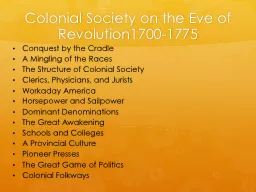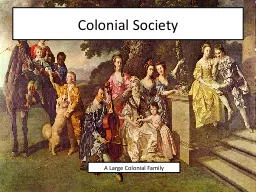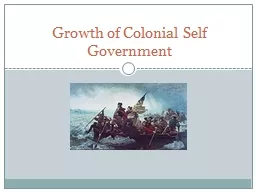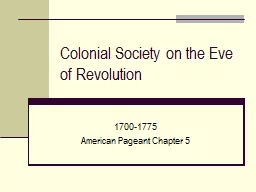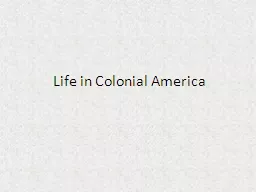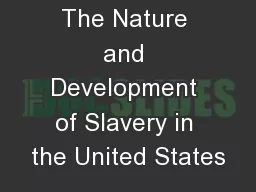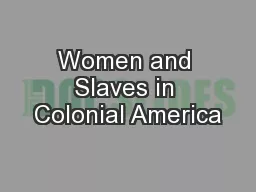PPT-Topic #7 Development of Colonial Slavery
Author : calandra-battersby | Published Date : 2019-11-25
Topic 7 Development of Colonial Slavery How did European slavery of Africans first develop Portuguese fort named Elmina the mine Portuguese first began using slaves
Presentation Embed Code
Download Presentation
Download Presentation The PPT/PDF document "Topic #7 Development of Colonial Slavery" is the property of its rightful owner. Permission is granted to download and print the materials on this website for personal, non-commercial use only, and to display it on your personal computer provided you do not modify the materials and that you retain all copyright notices contained in the materials. By downloading content from our website, you accept the terms of this agreement.
Topic #7 Development of Colonial Slavery: Transcript
Download Rules Of Document
"Topic #7 Development of Colonial Slavery"The content belongs to its owner. You may download and print it for personal use, without modification, and keep all copyright notices. By downloading, you agree to these terms.
Related Documents



